The transportation of dangerous goods for businesses and factories is a major concern due to the rising global demand for such commodities. To help importers and exporters understand the process of receiving and exploiting a dangerous shipment, Infinite will share basic knowledge about these shipments in the article below.
Dangerous Goods
Dangerous Goods – abbreviated as DG are items containing toxic substances that affect human health and life, pollute the environment, disrupt safety, national security, and cause danger for traffic during transportation.
Dangerous goods include the Class
In many cases of international freight, your item may be classified as dangerous and subject to a shipping rate for this item.
According to SOLAS-74 convention and the International Maritime Dangerous Goods Code (IMDG Code) proposed by the International Maritime Organization (IMO) in 1965 to ensure In the process of transporting dangerous goods by sea, they will be classified into 9 categories as follows.
Each Class is divided into many groups and each Class has a label with a color indicating its dangerous nature, requiring separate requirements for loading, unloading, loading and shipping.
Class 1: Explosive Substances or Articles
Explosives are divided into the following dangerous groups:
+ Group 1.1: Includes substances and items where the risk of mass explosion is potential
+ Group 1.2: Includes substances and items that create a hazard but are not a mass explosion hazard.
+ Group 1.3: Including substances and articles with potential for slight fire or explosion hazard, not a mass explosion hazard.
+ Group 1.4: Includes substances and articles that do not present a serious hazard.
+ Group 1.5: Includes substances that are very insensitive but have a mass explosion hazard
+ Group 1.6: Includes items that are extremely insensitive and do not exist a mass explosion hazard
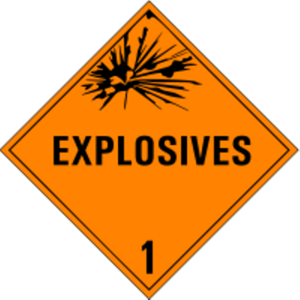
Class 2: Gases
Gases are substances that have the following properties:
+ At a temperature of 50oC with an evaporative pressure greater than 300kPa, or
+ Completely gaseous at 20oC at standard pressure 101.3kPa
The above gas is carried on board in the following forms: compressed gas, liquefied gas, liquefied gas under high pressure, liquefied gas under low pressure and gas dissolved in solution.
These gases can be divided into three basic categories:
+ Flammable Gases
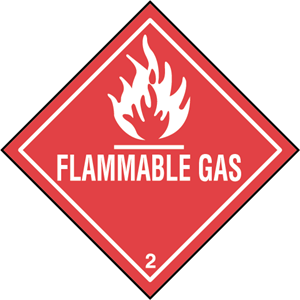
+ Non-Flammable, Non-Toxic Gases
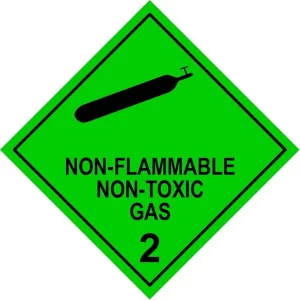
+ Toxic Gases
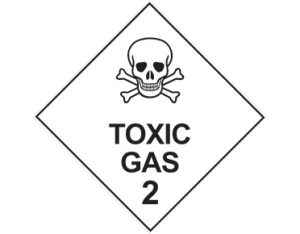
Class 3: Flammable Liquids
Flammable liquids can be classified into two main categories:
+ Flammable Liquids: These are liquids that are transported at a temperature equal to or greater than their flash point, or compounds that are transported under high temperatures in liquid form and which give off flammable gases at equivalent or lower than the maximum transport temperature.
+ Liquids that have had their explosive properties suppressed: these are essentially explosive compounds that have been dissolved or mixed with water or other liquids, creating a homogeneous liquid mixture to suppress the explosiveness.
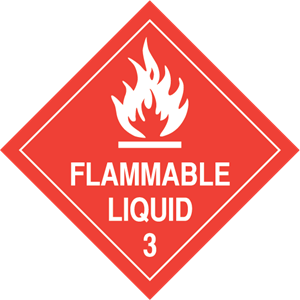
- Class 4: Dangerous Solid
Hazardous solids are substances other than explosive-Class compounds. Under transport conditions, these substances are always flammable or they contribute to the creation of a fire.
Hazardous solids can be divided into the following main categories:
+ Group 4.1: Flammable Solids
+ Group 4.2: Substances liable to spontaneous Combustion
+ Group 4.3: Substances which, in contact with water, emit flammable gases
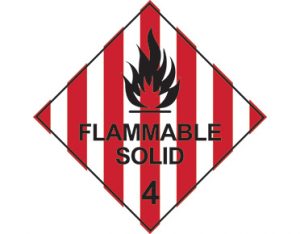
Class 5: Oxidizing Substances and Organic Peroxides
+ Group 5.1: Flammable oxides
+ Group 5.2: Flammable organic peroxides
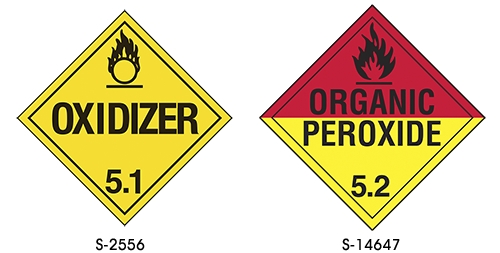
Class 6: Toxic Substances or Infectious
Toxic substances are substances that can cause death or serious injury or serious harm to human health if inhaled or exposed to them.
Infectious substances are substances that themselves contain pathogens, so it is possible to infect animals or humans.
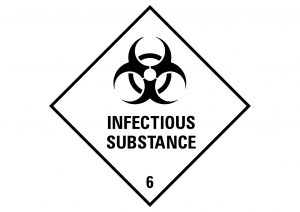
Class 7: Radioactive Materials
Radioactive substances are understood to mean any radioactive material for which either the enriched radioactivity or the absolute radioactivity shown in the consignment declaration exceeds the value assigned under the headings 2.7.7.2.1 to 2.7.7.2.6 in the IMDG Code.
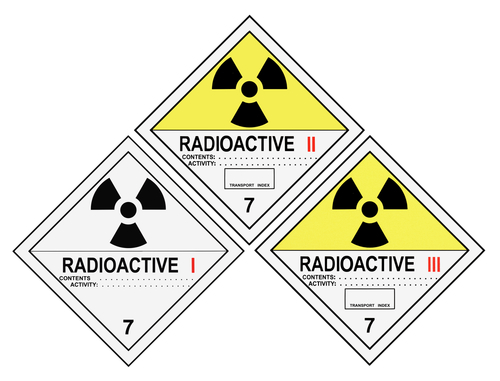
Class 8: Corrosive Substances
These are substances that are capable of damaging or even destroying other materials, goods or vehicles if there is a leak or exposure caused by chemical reactions.
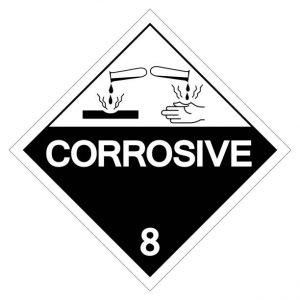
Class 9: Miscellaneous Dangerous Substances and Article
These are substances and articles that are different from those classified in the above 8 classes but have dangerous properties according to the provisions of part A, chapter VII, SOLAS-74
To know which group that the goods belong to, customers need to check on MSDS (Material safety data sheet), item 14. (Section 14 Transport information), for example, extract 1 MSDS:
Section 14: Transport information:
- DOT shipping name: Fish meal
- UN number: UN2216
- DOT Classification: CLASS 9 – Miscellaneous Dangerous Goods
- Packing group: ІІІ
Transport of Dangerous Goods
Step 1: Check MSDS
Checking the MSDS (Material Safety Data Sheet) is the first and most important step in the dangerous goods handling process. To transport and handle import and export procedures, it is necessary to base on the information on the MSDS to know what class of dangerous goods the item belongs to? In fact, there are many units that think they are transporting dangerous goods, but after checking the MSDS, dangerous goods that only need to meet normal freight can be discharged.
The information provided by MSDS about the shipment includes:
– Product Identification,
– Composition,
– First aid measures in case of leakage or eye contact…(First Aid Measures)…
The most important part is section 14 of the MSDS about Transport Information because it is based on this information to determine if the correct shipment is dangerous goods or not? The MSDS clearly states the hazard class, UN number and Packing Group.
Step 2: Determine the quantity of dangerous goods to be transported, choose the type of packaging, the way of packing:
Based on the quantity (weight) information of dangerous goods, shipping lines will determine the quantity of items to be packed to ensure safety, meeting the regulations of international organizations such as IATA, FIATA. ..
For example, Shipping 50 cartons of plastic paint. After checking, it belongs to class 3, PG II, UN1263. According to IATA (air freight) regulations, if the shipment is transported by passenger flight, each carton must be a maximum of 5 liters and must be packed in combination (with additional outer packaging) according to UN standards and in accordance with international standards packing Group (here is group II). If it exceeds 5 liters, it must be transferred to a cargo flight (cargo aircraft or freighter).
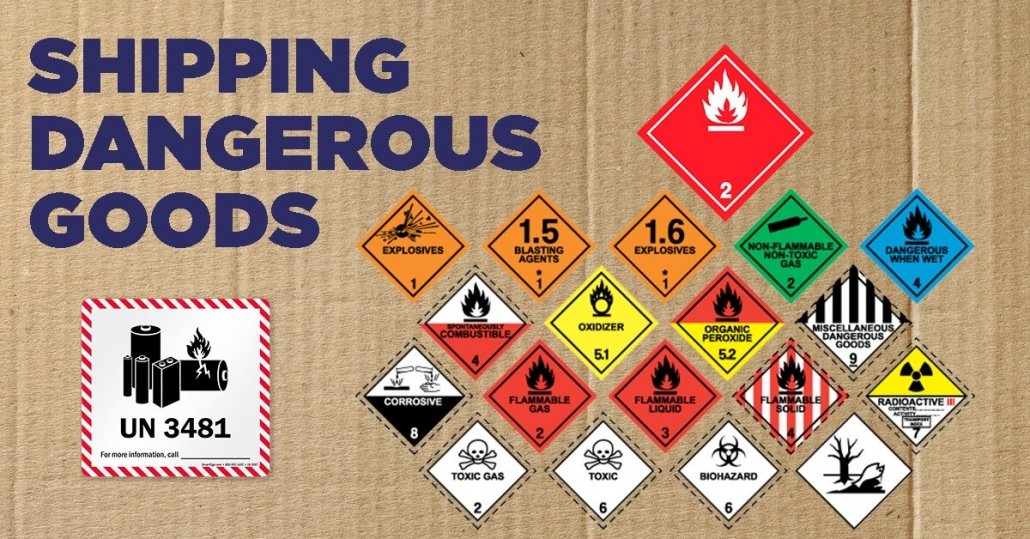
UN standard containers (standard according to UN regulations) are also expensive, so choosing the right type of box is also important, because depending on the packing group (I or II or III), which type of box is the most cost-effective.
Step 3: Label
When labeling dangerous goods, there are two types: Hazard label and Handling label. According to the labeling regulations, dangerous goods will have a diamond shape and the catch label is rectangular or square. Hazard labels are usually affixed on opposite sides of the container.
Step 4: Dangerous Goods Declaration – DGD
The declaration of dangerous goods must contain all information about the shipment such as: UN number, dangerous goods name, packing instructions, group classification… and a very important information is the contact information of the person who is responsible in the event of a dangerous goods leak or problem (24 hours contact).
Through this information, carriers will have the correct wording to deliver the goods to the recipient at the right place, quantity, and Class of goods to be delivered. Normally, customs declaration service providers will actively support customers to fill in the declaration information completely, quickly, and accurately. Help the goods to be cleared through customs and shipped quickly to the recipient.
License to transport dangerous goods
Each Class of goods will be used for different purposes and managed by different ministries and branches. Therefore, depending on goods will be licensed by the appropriate authority. As follows:
- The Ministry of Agriculture and Rural Development issues permits to transport dangerous cargo that is plant protection substances.
- The Ministry of Natural Resources and Environment issues a license to transport dangerous items for the remaining dangerous toxic chemicals in categories and groups.
- The Ministry of Public Security issues licenses to transport goods of classes 1, 2, 3, 4, and 9.
- The Ministry of Science and Technology issues licenses to transport goods of classes 5, 7, and 8.
- The Ministry of Health shall issue permits to transport goods for toxic chemicals used in the medical field and insecticidal and germicidal chemicals for household use.
- The Minister of National Defense and the Minister of Public Security shall make separate regulations for the transportation of goods for the defense and security of the armed forces (regardless of the class of goods).


